
Exploring Ancient Civilizations' Greatest Capital Cities Today
The remnants of the world's greatest ancient civilizations lie in the heart of bustling modern cities. These capitals, once the epicenters of empires that shaped human history, continue to captivate the world with their timeless allure. These cities are living museums, from Rome's cobblestone streets whispering tales of emperors and gladiators to the majestic pyramids near Cairo. The part that thrills the entire world to this day is the enduring splendor of these ancient capitals for what they represent as unique destinations to visit and live. This journey will guide you through the greatest capital cities of ancient civilizations, where history breathes life into the present.
Rome: The Eternal City
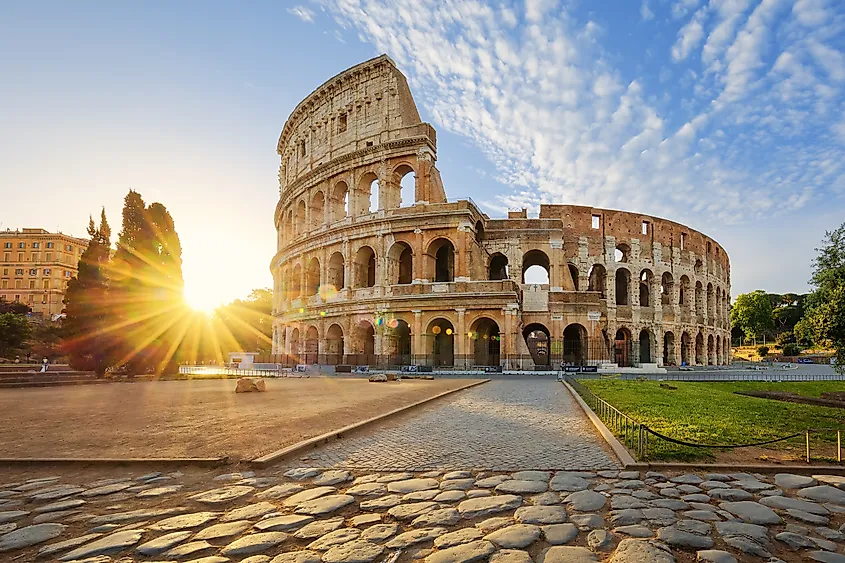
Rome, known as the Eternal City, was once the pulsating heart of the mighty Roman Empire. All its glorious institutions sprouted, developed, and eventually perished within this strongly sought-after stretch of land on central Italy's western side. Governed by emperors whose decisions shaped the Western world, Rome was a beacon of power, culture, and innovation. Its influence extended across continents, leaving a legacy that still resonates today.
Present-day Rome is a testament to its glorious past, a city where history and modernity exist side by side. Visitors and residents alike walk in the shadows of ancient ruins like the awe-inspiring Colosseum, where gladiators once battled, and the Roman Forum, the epicenter of Roman public life. These iconic landmarks stand as proud reminders of Rome's imperial past.
Though not technically part of Rome, the Vatican City, located within the city's boundaries, is an integral aspect of Rome's historical and cultural identity. Home to the Pope and headquarters to the Catholic clergy, it represents a treasure trove of artistic and religious history. The Vatican adds another layer to Rome's richness, echoing its remarkable layering of dominations and respective cultural influxes.
Rome is not just a city; it is a legacy. A living monument to human history, it continues to inspire and captivate, offering a life where the past and present dance in harmony.
Athens: Cradle of Western Civilization
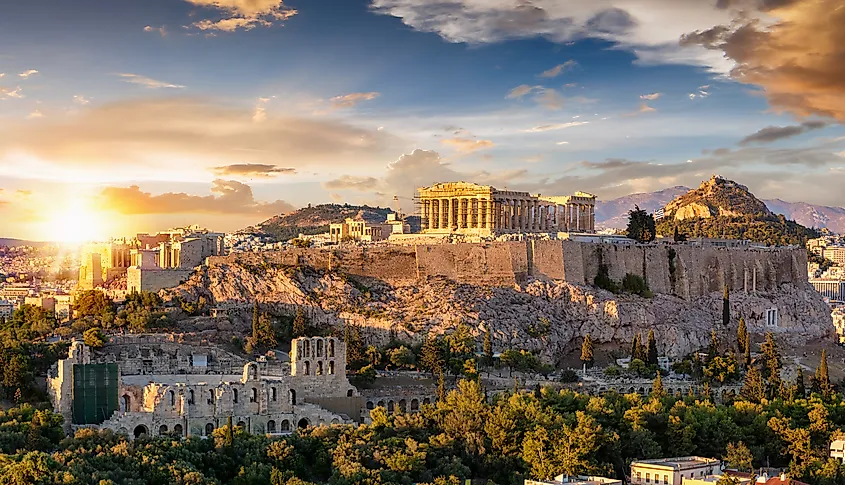
In ancient times, Athens was the birthplace of Western civilization. This illustrious city was where democracy took its first steps, where philosophers like Plato and Aristotle pondered life's great questions, and where playwrights such as Sophocles and Euripides set new standards in storytelling through drama.
Dominating ancient Athens’ skyline, the Acropolis stands as a symbol of the artistic and political prowess of Ancient Greece. The Parthenon, dedicated to the goddess Athena, is a masterpiece of classical architecture. Its columns and sculptures have inspired generations of artists and architects worldwide.
Athens is a cultural hub boasting an array of museums like the National Archaeological Museum and the Acropolis Museum, which provide a deep dive into Greek history and art. The city's rich cultural calendar includes music, art festivals, and theatrical performances, reflecting its ongoing artistic vitality. Beyond its historical allure, Athens is a city that caters to modern tastes and conveniences. The city’s culinary scene ranges from traditional Greek cuisine to experimental gastronomy, and its nightlife has everything from trendy cafes to beach clubs.
Once the heart of an ancient empire, Athens remains a city where history is alive and palpable, offering a journey through time for every visitor.
Cairo: Gateway to Ancient Egypt
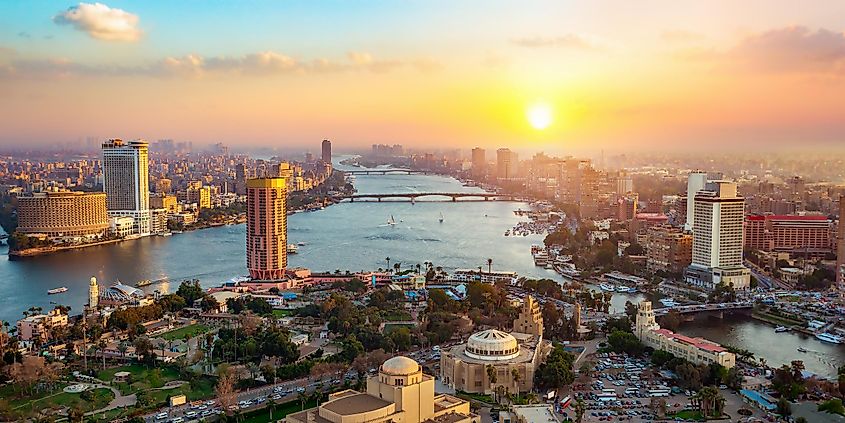
While Cairo itself was not the capital in ancient Egyptian times, it now serves as the closest major city to some of Egypt's most iconic landmarks. Just a short distance from Cairo lie the Pyramids of Giza, a testament to Egypt's ancient architectural prowess and home to the Great Sphinx guarding the mysteries of a civilization long gone.
Today, Cairo is a sprawling metropolis pulsating with the energy of over 20 million people. The city’s streets are host to bustling bazaars, growing neighborhoods, and historic mosques, all set against a backdrop of modern skyscrapers. The Nile River adds to its charm with serene views and traditional felucca boat rides.
Alongside its historical marvels, Cairo is a lively hub of contemporary culture and commerce. The city boasts an array of modern amenities, shopping centers, and culinary delights ranging from traditional Egyptian fare to international cuisine. Cairo offers an experience like no other city. Every corner of its ancient citadel invites visitors to uncover more.
Beijing: Imperial Splendor in Modern Times
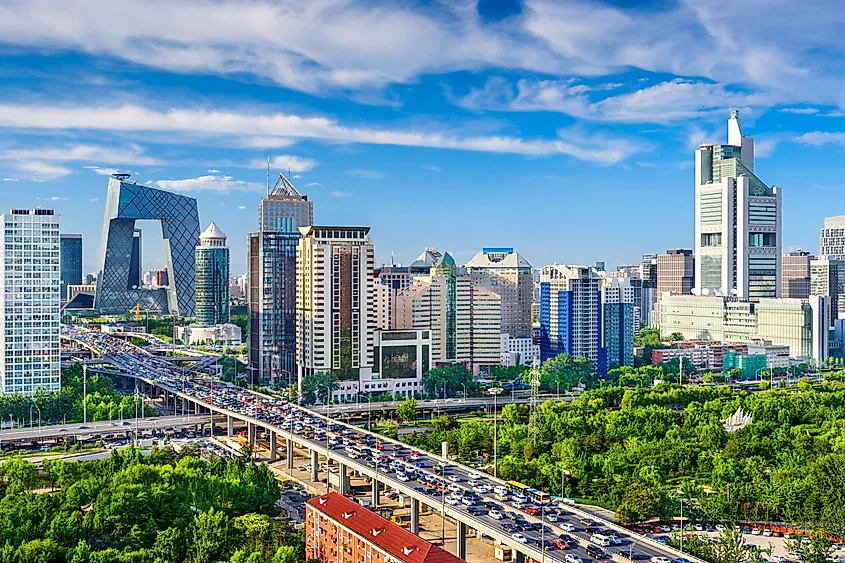
Beijing, known as the Northern Capital, has served as China's political and cultural center for centuries. It was the chosen seat for several dynastic rulers, from the Ming to the Qing Dynasty, shaping much of China’s imperial history.
Today, Beijing stands as a proud reminder of China's imperial past amidst its status as an exuberant global city. The Forbidden City, a palatial complex at the city’s heart, was home to emperors and is now a museum, epitomizing the architectural grandeur of Imperial China. The Temple of Heaven, another stunning example of Ming Dynasty architecture, is where emperors performed solemn rites at the winter solstice to ensure a good harvest. Beijing's skyline is a juxtaposition of ancient structures and modern architecture. While traditional hutongs (narrow alleys) give a glimpse into the city’s old way of life, futuristic skyscrapers symbolize its rapid modernization and global importance.
The city is a hub for Chinese culture, hosting numerous festivals, operas, and culinary experiences. Beijing’s Peking opera and its sumptuous Peking duck are just two examples of the city’s rich cultural display. Beyond its historical sites, Beijing is a city that never stops evolving. It is home to thriving arts scenes, buoyant nightlife, and cutting-edge technology, making it an exciting destination for history buffs and modern explorers.
Beijing, through its streets, buildings, and monuments, tells a story, especially after the revolution that shaped the modern state structure. The city offers a unique experience in many aspects: architecturally, culinarily, and culturally.
Istanbul: A Confluence of Empires
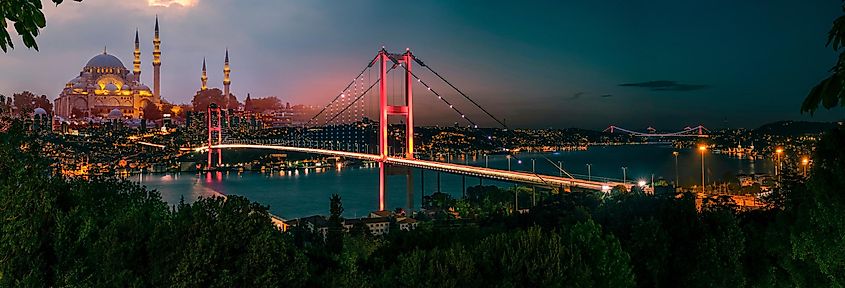
Istanbul, a city straddling two continents, Europe and Asia, is truly a unique place, blending cultures and histories through its streets, buildings, and people’s gazes. Once known as Constantinople, it served as the capital of both the Byzantine and Ottoman Empires, each leaving an indelible mark on the city's character.
The city is dotted with historical wonders like the Hagia Sophia, a masterpiece of Byzantine architecture that has stood the test of time, transitioning from a cathedral to a mosque. The Blue Mosque, with its iconic minarets and stunning Iznik tiles, continues to be a functioning place of worship and a symbol of Ottoman grandeur.
The Bosphorus Strait, not just a busy waterway, is the literal divide between East and West. Cruising on the Bosphorus holds breathtaking views of the city's skyline, a mixture of historic palaces, mosques, and modern structures.
Istanbul's lively markets, such as the Grand Bazaar and the Spice Bazaar, are hubs of activity and culture, ensuring the visitor a sensory journey through the city's diverse heritage. Its culinary scene is a fusion of Central Asian, Middle Eastern, and Balkan flavors, reflecting its historical influences. The city's art scene is dynamic, hosting international biennials and galleries featuring contemporary Turkish artists. When it comes to music, that's where the city shines. The blend of traditional Ottoman tunes and modern rhythms vividly mirrors the city's multicultural identity, given its strategic physical spot across two continents. These enliven the city’s nightlife and cadence as the days go by without leaving a scratch on this timeless capital.
Istanbul is a city where history is not just found in books but is experienced in its streets, buildings, and daily life. It offers a journey through epochs, empires, and cultures, making it a fascinating destination for those who seek a solid and heartfelt connection.
Baghdad: The Once Glorious Seat of the Abbasid Caliphate
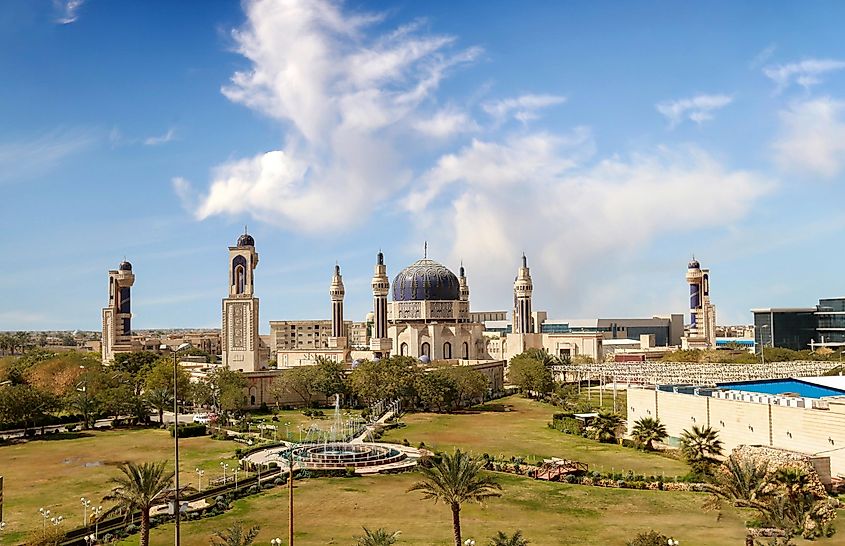
Baghdad, established in the 8th century, was the capital of the Abbasid Caliphate, known as a center for learning and culture. The city was home to the House of Wisdom, where scholars from diverse cultures gathered, making Baghdad a beacon of knowledge and intellectual exchange during the Islamic Golden Age.
Although centuries of conflict have taken their toll, Baghdad still holds remnants of its glorious past. The Abbasid-era Baghdad Gate and the historical Al-Mustansiriya School are notable examples. The city’s rich architectural heritage blends Islamic and modern influences. Today, Baghdad is on a path of rebirth and reconstruction. It's a city striving to reclaim its status as a cultural and political hub. New infrastructure and restoration projects aim to bring back the splendor of its heyday.
Despite its tumultuous history, Baghdad’s spirit remains unbroken. The city hosts high-spirited markets like the famous Al-Mutanabbi Street, known for its book market, reflecting the city’s enduring love for literature and art. With its storied history of empires, intellectuals, and poets, Baghdad is a city of resilience and revival. It stands as a symbol of the enduring spirit of a civilization that once led the world in science, art, and culture.
Kyoto: The Timeless Soul of Japan
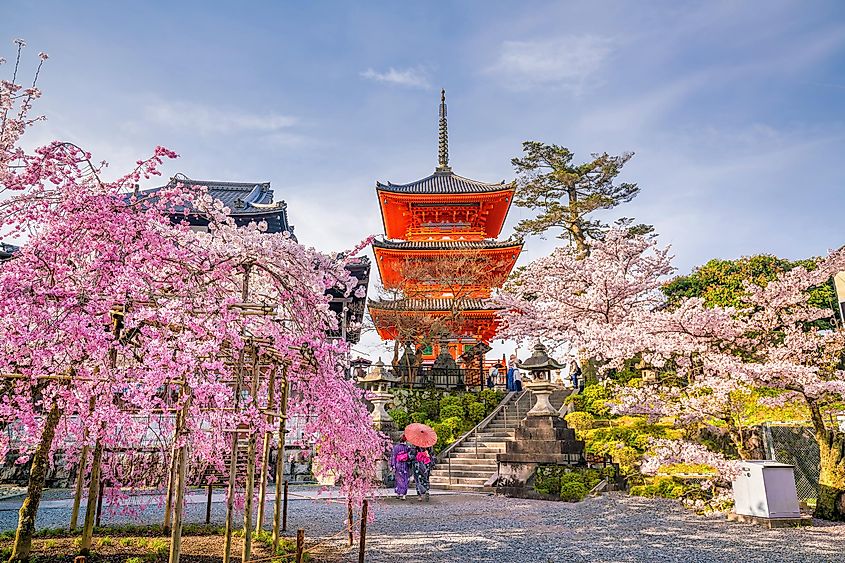
Kyoto, the heart of Japan for over a millennium, was the imperial capital until the 19th century. The city is a living museum of Japan’s history, home to ancient temples, traditional tea houses, and beautiful geisha districts like Gion. Unlike many other Japanese cities, Kyoto escaped the destruction of World War II, preserving its countless cultural treasures. The city boasts over 2,000 temples and shrines, including the iconic Kinkaku-ji (Golden Pavilion) and the historic Fushimi Inari Shrine.
Kyoto is the epitome of traditional Japanese culture, renowned for its classical Buddhist temples, as well as its art, poetry, and cuisine. The city is also famous for its seasonal festivals, which display a rich mixture of Japanese traditions and history. Amidst its historical marvels, Kyoto is a thriving modern city. It seamlessly blends tradition with modernity in a peaceful yet high-energy lifestyle. The city's dedication to preserving its heritage in the face of modernization is a testament to its unique character.
Kyoto represents the soul of Japanese culture and history. It's a city where ancient traditions breathe life into every street and corner, offering a serene and profound journey through Japan's rich history.
Mexico City: Aztec Grandeur and Dynamic Modernity
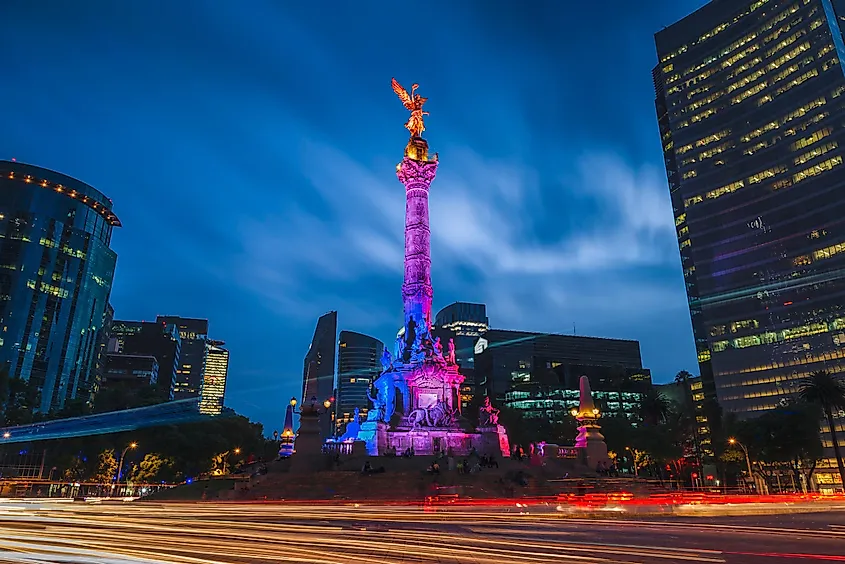
Once the Aztec capital of Tenochtitlan, Mexico City is a melting pot of indigenous and Spanish influences. The Templo Mayor, a central Aztec temple, lies at its heart, symbolizing the city's deep indigenous roots. The city's historic center, a UNESCO World Heritage site, includes the magnificent Mexico City Metropolitan Cathedral and the National Palace, showcasing the intricate blend of Aztec and Spanish colonial architectures.
Today, Mexico City is one of the largest cities in the world, known for its vibrant culture, art, and cuisine. The city is a hub of activity, with lively markets, colorful street art, and an ever-evolving culinary scene. Mexico City is a haven for artists and art enthusiasts. From the Frida Kahlo Museum to the Palace of Fine Arts, it provides diverse artistic expressions and cultural experiences. Mexico City is where ancient history and modern life converge. It's a city that celebrates its rich cultural heritage while embracing the dynamism of contemporary urban life, offering a unique and captivating experience to all who visit.
Delhi: Mughal Magnificence and Breathtaking Modernity
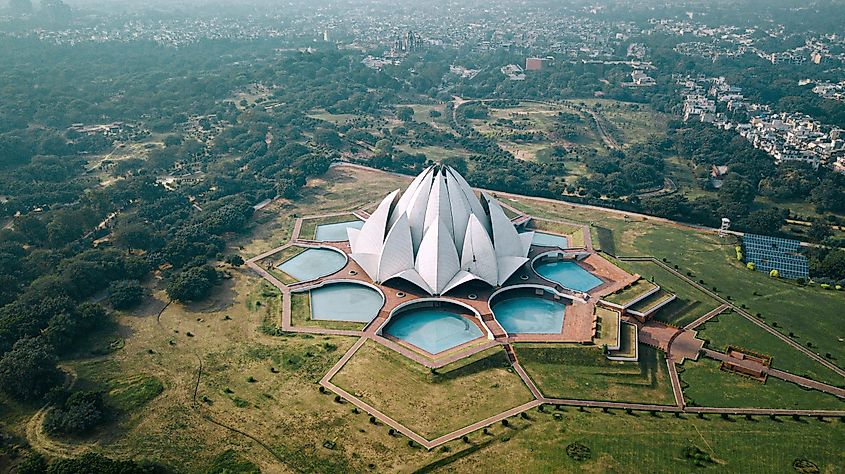
Delhi has been the seat of empires and power for centuries in this stretch of the continent. Its history, particularly as the capital of the Mughal Empire, is etched in its monuments, art, and culture. The city in India is home to iconic Mughal architectural masterpieces like the Red Fort and the Jama Masjid, reflecting the grandeur of Mughal art and engineering. The Qutub Minar, a UNESCO World Heritage site, stands as a testament to earlier dynastic prowess.
British colonialism introduced new architectural styles, seen in areas like New Delhi, designed by British architects like Edwin Lutyens. Today, Delhi is a rapidly expanding metropolis, blending its historical heritage with modern urban development. Delhi’s cultural landscape is as diverse as its history. It hosts numerous arts and literary festivals, theaters showcasing traditional and contemporary performances, and museums preserving its rich heritage. The city's food is a reflection of its multicultural history. From Mughal delicacies to street food and international cuisine, Delhi holds a gastronomic journey that is both diverse and indulgent to those who lend their palate to it.
Amidst its urban sprawl, Delhi maintains green spaces like Lodhi Gardens providing precious serene moments to its population and an enticing escape. The city’s infrastructure and amenities cater to a modern lifestyle, making it an attractive destination for visitors and residents alike. Skyscrapers conjure fiercely the present times' direction which the country, and the city with it, is leaning towards.
Delhi, with its layers of history, culture, and modern spirit, presents a unique experience. It is a city where the past and the present coalesce, offering a rich melánge for exploration and discovery.
Cusco: Inca's Architectural Jewel
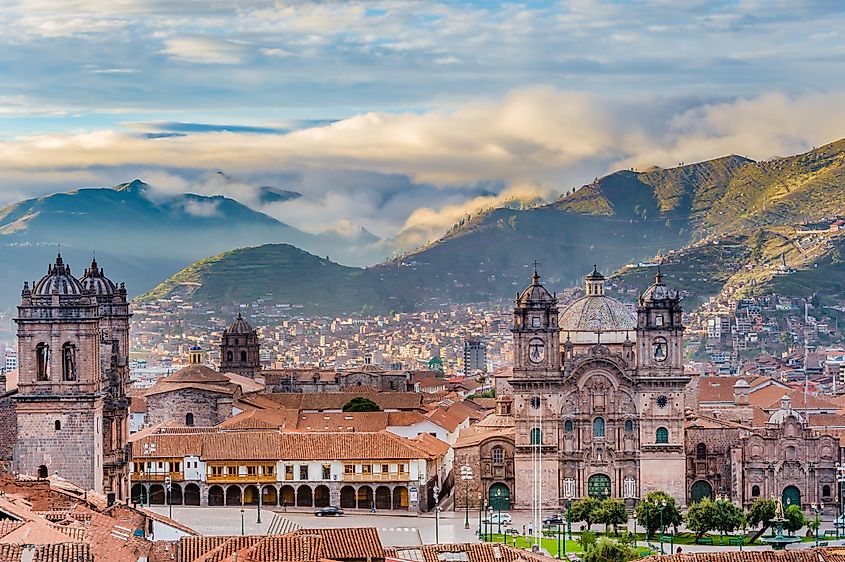
Cusco, once the capital of the vast Inca Empire, remains a stunning testament to Incan architectural ingenuity. The city's layout was conceived in the shape of a puma, a sacred animal in Inca mythology, symbolizing its spiritual significance. The city is renowned for its well-preserved Incan architecture, like the Coricancha (Temple of the Sun) and Sacsayhuamán, a fortress with massive stone walls constructed with astounding precision.
The Spanish conquest brought a fusion of Incan and colonial architectures, visible in landmarks like the Cusco Cathedral, built on the foundation of an Inca palace. As the gateway to Machu Picchu, Cusco is not just a destination; it’s the starting point of a journey to one of the world’s most enigmatic ancient sites, a symbol of the Inca's mysterious yet defyingly advanced civilization.
The city is alive with cultural traditions, notably the Inti Raymi festival, a reenactment of an Inca sun worship ceremony. Its streets often burst into color and music, celebrating centuries-old customs. Cusco is a haven for artisanal crafts, with its markets selling a variety of handmade textiles, leather-works, and pottery. The local cuisine, a blend of Inca and Spanish influences, is a culinary adventure and a must-discover for visitors.
Cusco is a city where every stone tells a story of ancient glory, colonial transformation, and enduring traditions. It offers a unique glimpse into a civilization that continues to fascinate the world.
These places leave the visitor with a profound appreciation of their enduring magnificence. Each city, with its unique blend of fragrances, histories, and sightings woven from the threads of time, stands as a living testament to human history. From the imperial grandeur of Rome and Beijing to the mystical allure of Cusco, these cities are more than just destinations; they are portals to bygone eras, beckoning us to explore their storied pasts. In Athens, the philosophical debates of Plato and Aristotle seem to echo through the Acropolis. The pyramids near Cairo continue to guard the secrets of ancient pharaohs, while the domes and minarets of Istanbul still whisper tales of sultans and emperors. Delhi’s majestic forts and mosques recount stories of Mughal emperors as their splendor mingles with the city’s contemporary rhythm.
To visit these cities is to embark on a timeless journey. They offer a unique experience to immerse oneself in the continuum of history while experiencing the comforts and excitements of modern urban life. They are reminders that history is not static but a living, evolving narrative that continues to be written with each visit, exploration, and moment of awe in the presence of their enduring beauty.











